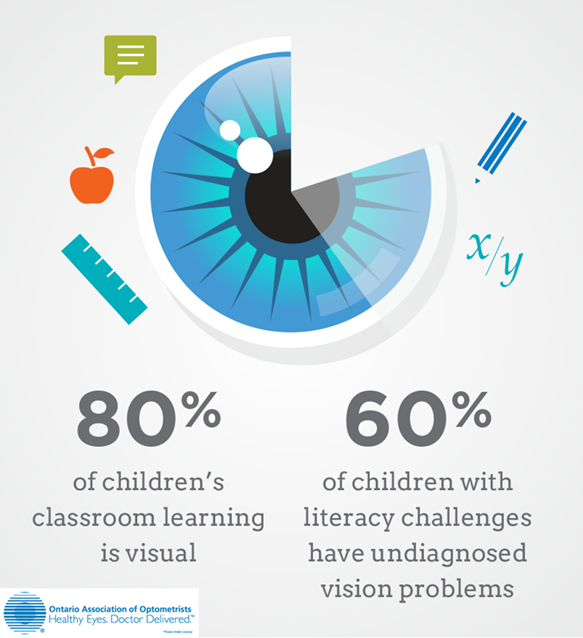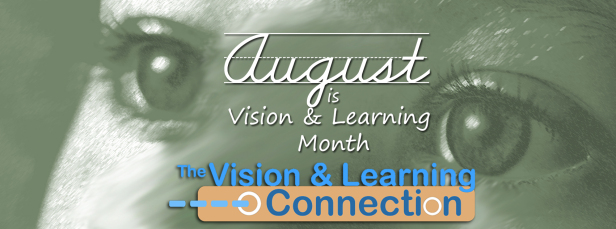Vision problems after a concussion or traumatic brain injury can be devastating for a patient trying to return to school/work. Research has shown that approximately 70% of young athletes who suffer a concussion have eye coordination, focusing, and eye movement problems.
“The traditional vision approach still relies on the spontaneous recovery of double vision, patching, and using therapies to learn functional approaches around vision deficits, as opposed to treating the vision deficits. However, many optometrists across our nation are providing optometric vision therapy in addition to therapeutic lenses and prisms to help resolve visual deficits.”
Read More: Parents Speak Out About the Visual Link In Concussion Recovery



